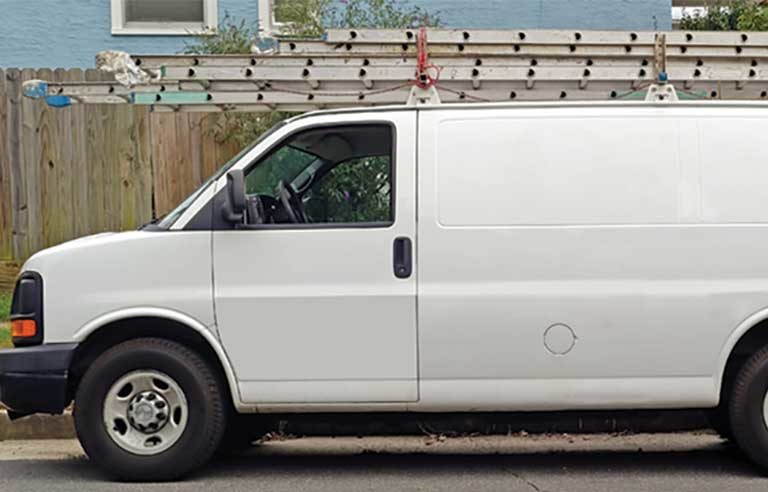Look up: Ladders and overhead power lines

From 1992 to 2005, at least 154 workers were killed after a metal ladder they were using came in contact with an overhead power line, according to Bureau of Labor Statistics data cited in a recent NIOSH review.
“As part of the site safety program and orientation,” NIOSH says, “make supervisors and workers aware of power line distances from work areas, including ladder length and ladder staging areas. Use site diagrams to communicate this information and ground-level signs or taped markers to remind workers of overhead power line locations.”
To help prevent injuries and fatalities, NIOSH recommends workers:
- Look up. You need to know the location of overhead power lines before starting any job. “Always assume all overhead lines are energized and dangerous,” the agency says.
- Don’t use metal ladders when working around or near overhead power lines.
- Carry a ladder horizontally and in a lowered position when moving it. If a ladder is too long for one person to carry, ask for help.
- Follow the 1:4 rule: “For every 4 feet between the ground and the upper point where a ladder is resting, set the feet of the ladder out 1 foot horizontally. For example, if the ladder is resting on the edge of a roof 16 feet above the ground, the bottom of the ladder should be 4 feet out from that edge.”
- Don’t touch or go near a person or ladder that has come in contact with an overhead power line.
Post a comment to this article
Safety+Health welcomes comments that promote respectful dialogue. Please stay on topic. Comments that contain personal attacks, profanity or abusive language – or those aggressively promoting products or services – will be removed. We reserve the right to determine which comments violate our comment policy. (Anonymous comments are welcome; merely skip the “name” field in the comment box. An email address is required but will not be included with your comment.)

